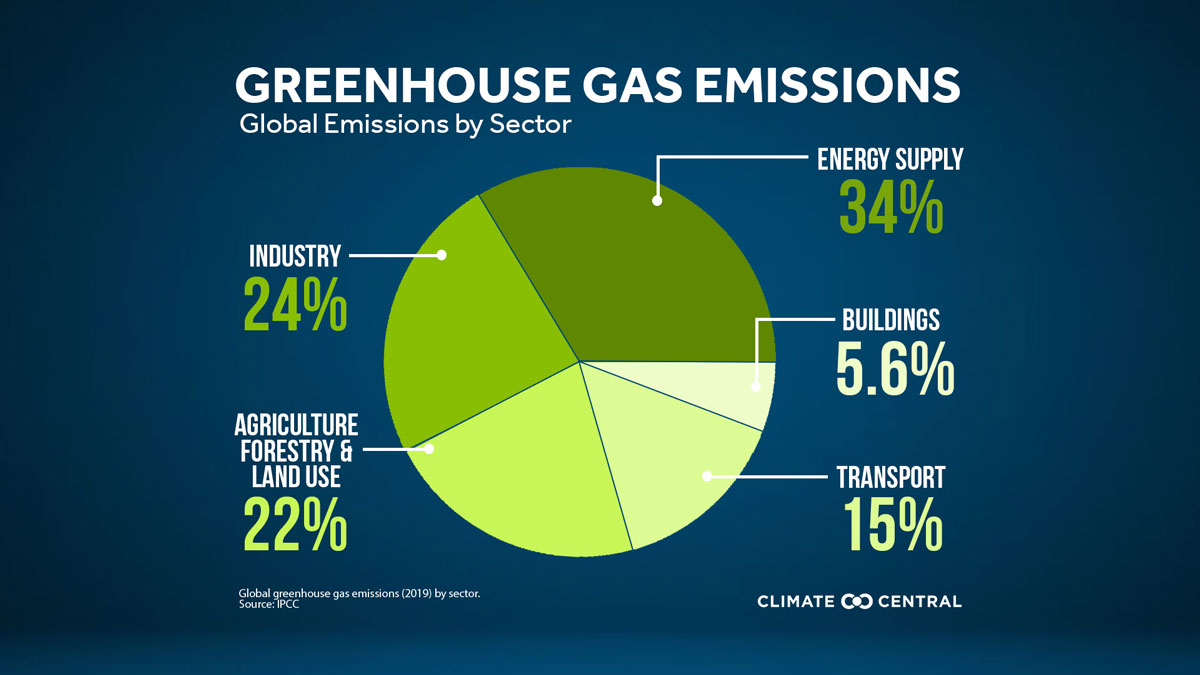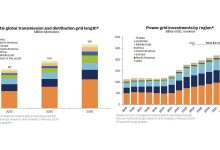Sustainable Energy and Climate: Trends and Projections
Greenhouse gas emissions fell by two percent last year in the European Union (EU) compared to 2021 levels, according to estimates in the European Environment Agency’s latest Trends and Projections report. However, despite the gains in emissions reductions, renewable energy and energy efficiency, the report warns that accelerated action is urgently needed to meet the EU’s ambitious climate and energy targets.
Now that most of the EU’s climate and energy legislation under the ‘Fit for 55’ package is in place, the EU and its Member States are working to meet the targets, according to the report detailing the progress recorded.
As greenhouse gas emissions returned to a downward trajectory after the 2021 increase amid the 2020 Covid-19 pandemic, Member States reported a higher level of ambition for decreases by 2030 and a series of national measures to meet climate and energy targets. While the report shows some encouraging signs of progress, it stresses that efforts will need to be at least doubled to reach the ambitious targets set for the end of this decade.
Climate and energy progress by 2030
The EU has reduced net greenhouse gas emissions, including from aviation, by 31% from 1990 levels, while encouraging economic growth. Amid rising natural gas prices, 2022 brought a 2% reduction in greenhouse gas emissions, driven by substantial decreases in the buildings and industrial sectors, while emissions from energy supply and transport showed an increase.
Elusive 2030 target
To reach the 2030 emissions reduction target, the annual rate of greenhouse gas emission reductions in Europe needs to more than double compared to the annual progress since 2005, the report says. Faster reductions are particularly needed for emissions from road transport, buildings, agriculture, waste, and small industries, all of which are regulated by the Effort Sharing Regulation. Reductions in energy consumption and the growth of renewable energy need to accelerate further to reach the 2030 targets, as they are included in the recently adopted energy efficiency and renewable energy directives.
As of March 2023, Member States have reported more than 3,000 measures to achieve energy and climate targets. They estimate that measures already in place in Europe would lead to a 43% reduction in total net greenhouse gas emissions in 2030, while additional measures currently planned would increase reductions to 48%.
Last year, Member States projected this reduction to a total of 41%, indicating a common increase in ambition in Europe over the past year.
However, it still leaves a 7% gap to the EU’s 2030 climate target of 55%.
Beyond 2030
Looking beyond 2030, the gap between the projected effect of policies and measures and the targets assumed is greater, the report says.
It warns that the window of opportunity to implement the right decisions and technologies is limited, making it imperative that climate neutrality be taken into account in policies that address many sectors.
In particular, the report highlights the urgent need to accelerate efforts in transport and agriculture by 2050, which have so far lagged other sectors in reducing emissions and cites the crucial contribution of increasing CO2 removal capacity in land use.
Required update of national plans
The update of Member States’ National Energy and Climate Plans (NECPs) (drafts being submitted from summer 2023 while the last ones are due by 30 June 2024), provides an opportunity for Member States to set stronger policies and measures and increase the level of ambition.
The report notes that updating these plans, together with rapid implementation of the measures adopted at EU level, are key ingredients for achieving the targets.
Key messages
- Heat waves, droughts, floods, heavy rainfall are the most observed extreme weather events, while temperature changes and hydrological variability are the most common chronic hazards. For almost all temperature and water-related hazards, most countries report an expected increase in frequency and/or intensity for the future.
- National climate risk assessments are increasingly being used to adapt environmental policies. Almost half of the reporting countries have carried out these new assessments since 2021, although all countries have legal obligations to make repeated climate risk assessments.
- The adaptation policy landscape is gradually evolving, and climate laws are increasingly emerging as a tool to give greater legal power to such policies. Nine new national adaptation strategies and/or plans have been approved and adopted by countries as of 2021, while others are still in the process of revision and adoption.
- Governance challenges are a persistent barrier to the implementation of adaptation actions in many countries, even where well-developed governance frameworks exist. These challenges include coordination difficulties due to financial, technical, and human capacity limitations.
- EU funds play a major role in financing adaptation actions for most Member States. Some countries have also allocated national funds to finance the implementation of national or sectoral adaptation actions.
- An indicator-based approach to monitoring, reporting, and evaluation (MRE) is often reported, although the types of indicators and how they contribute to evaluation purposes are not always clear. Few Member States reported exactly how MRE is carried out to develop adaptation policies, despite its potential to influence decision-making.






